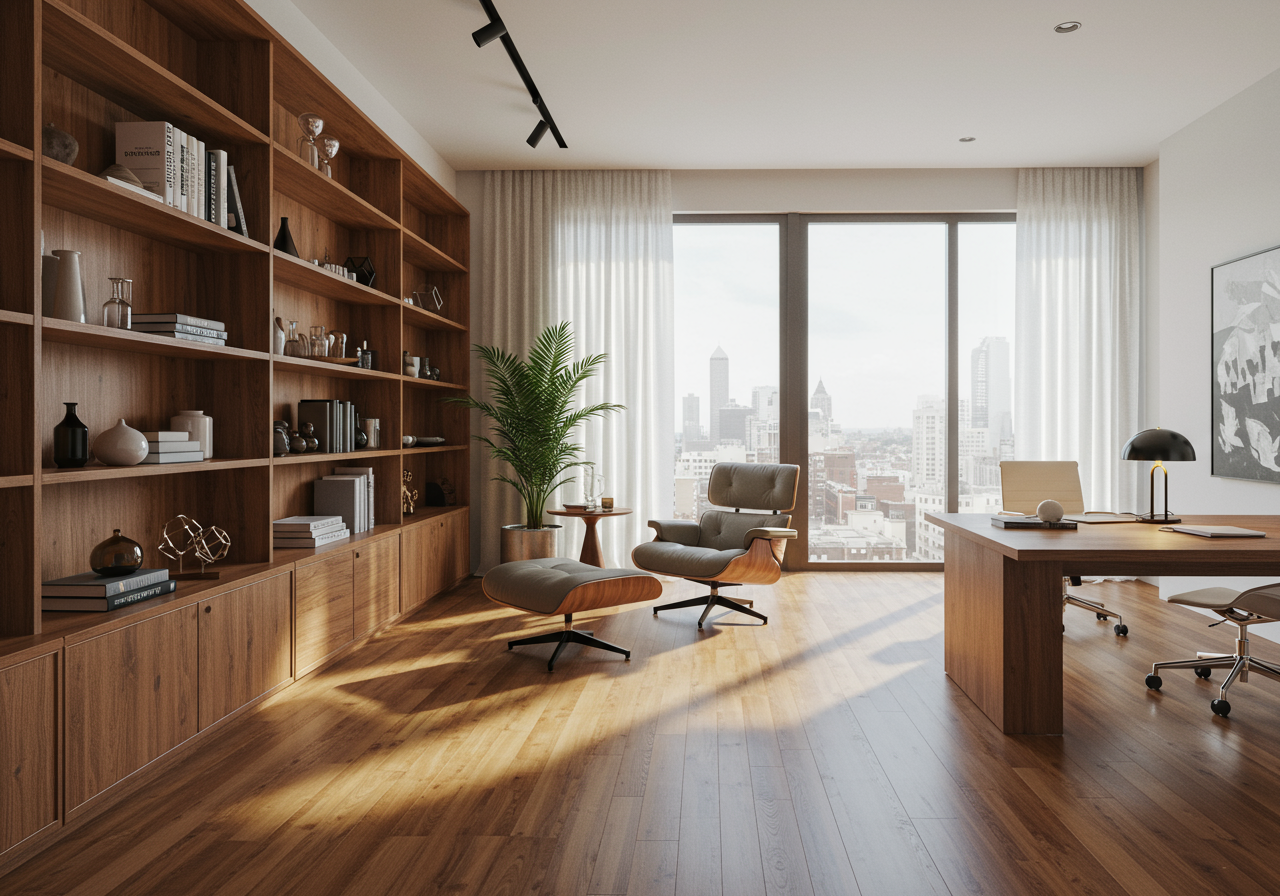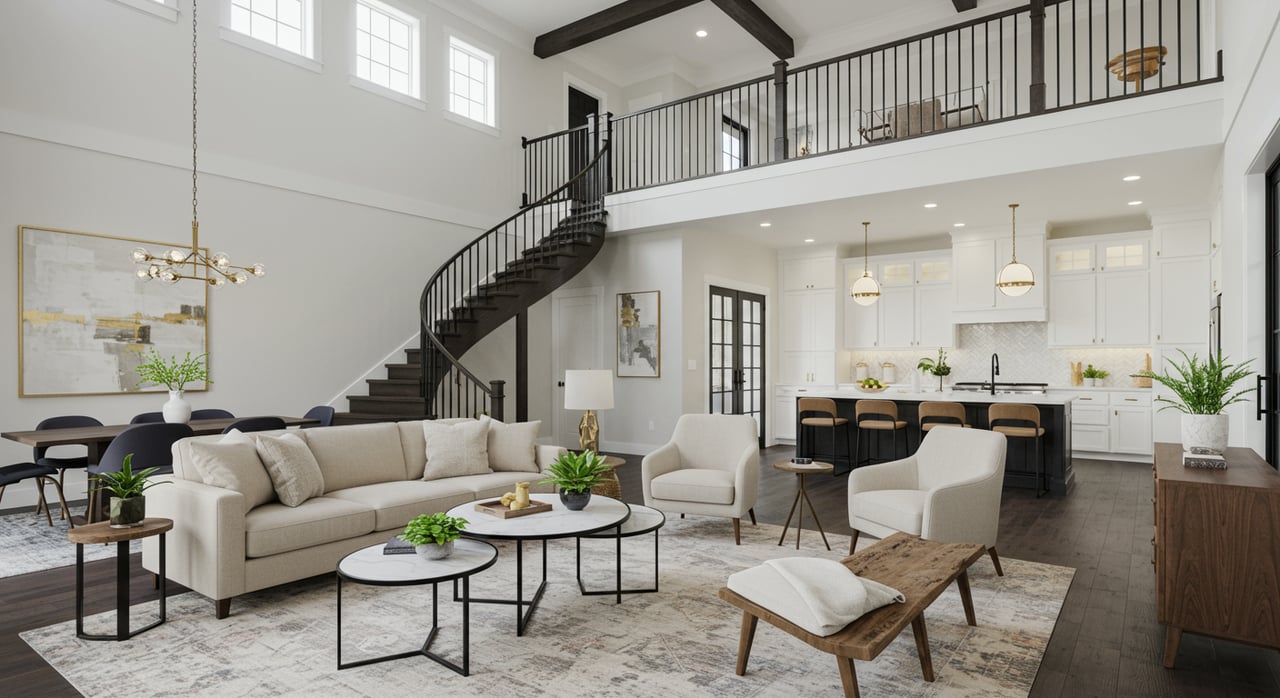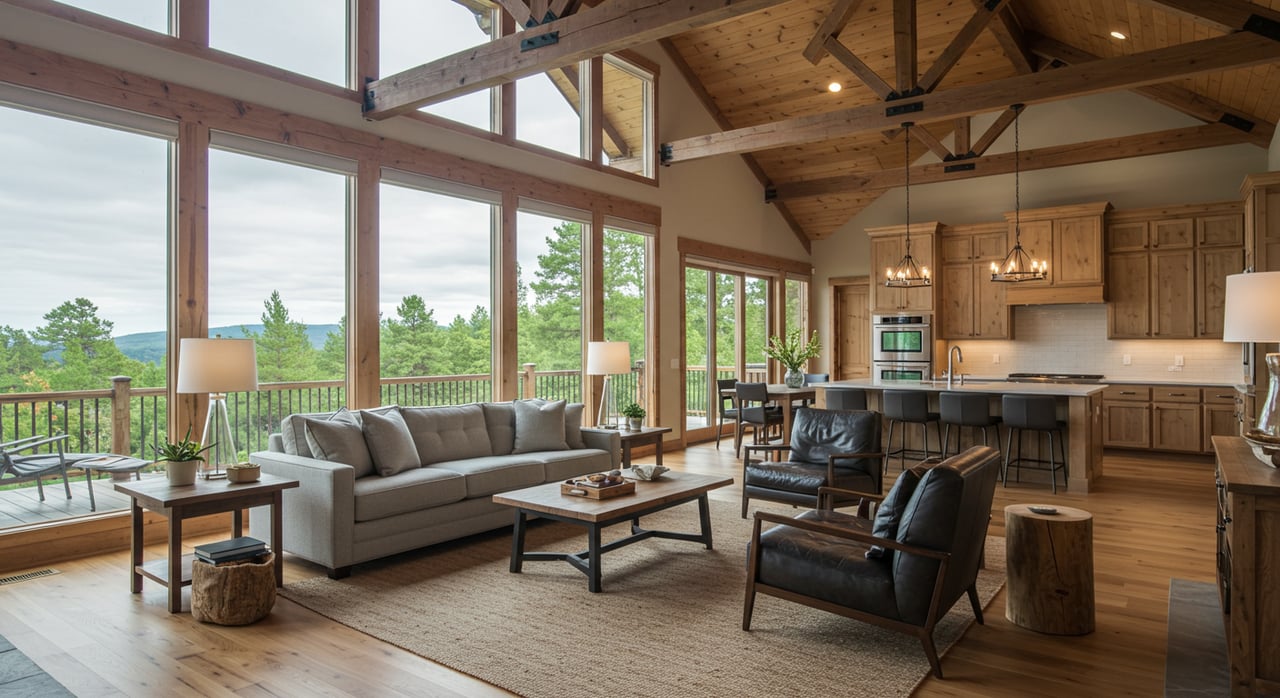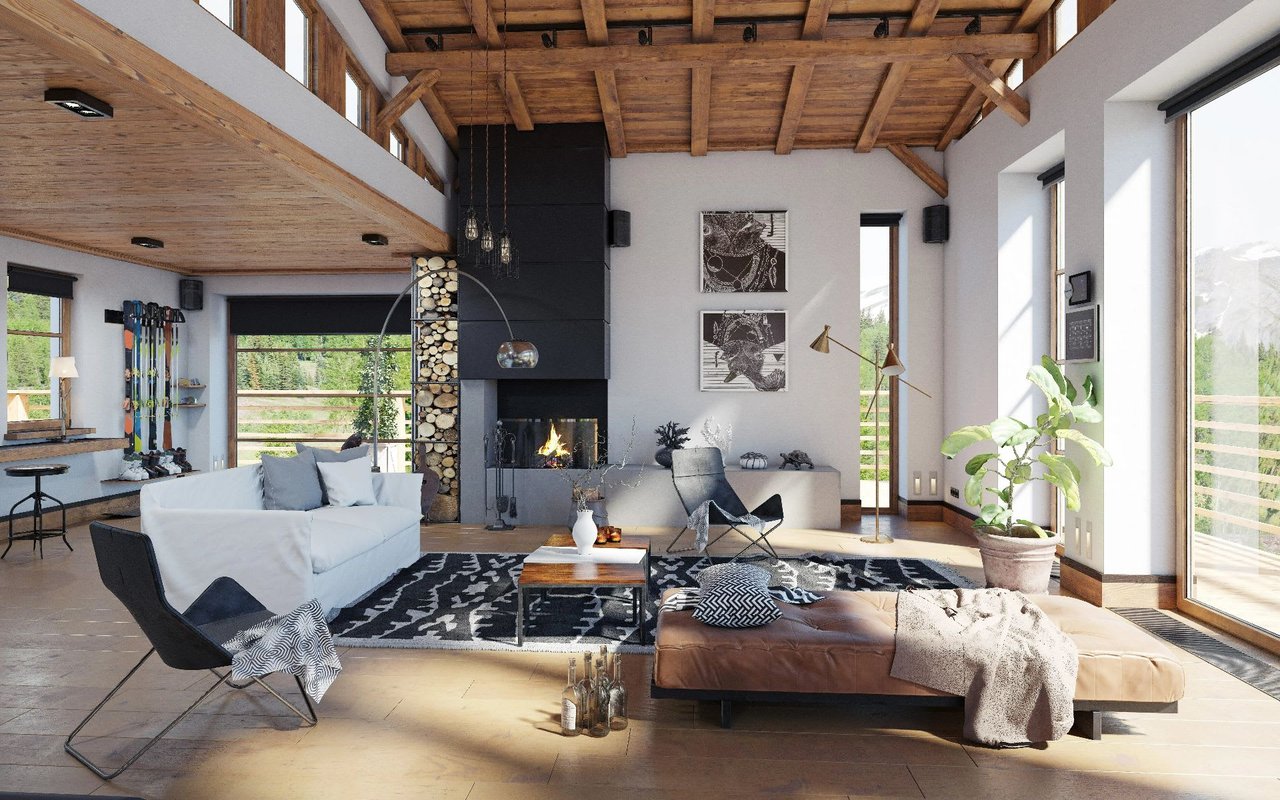
The New Cubicle Looks A Lot Like Home (Because it Is!)
Back in the 1960s, when the iconic and much-detested cubicle system was invented, it was envisioned as a way to offer a custom workspace for those seeking individuality. Unfortunately, inventor Robert Propst came to despise his own creation thanks to the corporate world, which used his cubicles to crowd people into tiny workspaces. Unfortunately, this type of office remains the norm across much of the country. But, today, many of us are moving our desks through our own front doors.
Home Office Haven
Countless new entrepreneurs, freelancers, and even “regular” workers have come to appreciate the freedom and flexibility of working from home. If you find yourself in this position, your first task is to identify whether or not you have space for a home office. If not, it’s time to consider buying a new place to call home. This can be a challenge, however, and, as LSP Real Estate explains, it starts by defining your budget, which is closely followed by narrowing down your needs.
There are several steps you can take to know how much you can afford to help you further refine your choices. Finding a real estate agent is crucial, but you can also attend open houses and get mortgage preapproval, which will make you a stronger contender on a hot home. Look for features that make sense for someone working where they live. This includes things like an extra bedroom and lots of natural light.
You’ll also want to pay close attention to the internet service providers in your area. If, ultimately, you settle on a more rural environment, you may need to look for high-speed Wi-Fi services since broadband is not available in all areas.
Designing Your Future
When it comes time to design your home office, functionality is your top priority. Room Sketcher notes that your location is one of the most important aspects of a home office. Ideally, you’ll want to be in a quiet area where kids, pets, and spouses walking through the hallway won’t serve as a continual distraction.
Also thinking through functionality, be sure to give yourself enough space to work. This will depend largely upon what you do. You’ll also need a comfortable desk and chair and plenty of storage and shelving to keep your work documents and other materials safe and secure.
Something that you want to prioritize as you look for your new home/office or carve out a workspace in your existing house is natural light. Prialto explains that the absence of sunlight can actually make you feel tired, and it can even affect your mental health. Try to position your desk in an area by a window, and even include a few houseplants for an additional productivity boost.
Knowing The Pros And Cons
As you prepare to embark on your new remote work endeavor, you’ll be able to make better decisions by understanding the benefits and drawbacks of working from home. On the bright side, you won’t have a commute, and your schedule is almost always considerably more flexible. You’ll be more comfortable, and you can keep the kids at home when they’re sick without dipping into your vacation time.
On the downside, it’s more difficult to collaborate with your coworkers and there are many more distractions (dishes and laundry anyone?). Keep these in mind as you choose and design your office space. Doing so in the beginning can save you from a costly mistake as you get set up.
Working from home is one of the greatest perks of the 21st century. But it’s not usually enough just to grab a laptop and plop down on the couch. If you want to get serious about your remote career, you’ll have to have a space that allows you to be just as productive and effective as a traditional brick-and-mortar office and, ideally, that’s more comfortable than a cubicle.
Image via Pexels



